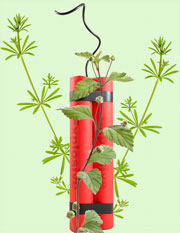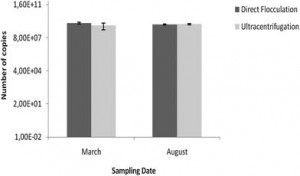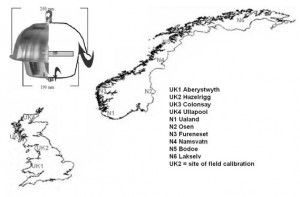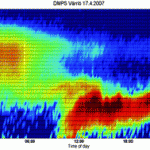New field-portable infrared (IR) devices that can measure mine workers’ exposure levels to silica in coal dust have been designed and tested by scientists in the US.
The inhalation of microscopic particles of crystalline silica is a serious health hazard, and causes a debilitating, and often fatal, condition called silicosis. Miners in particular are at risk of developing this condition.
Currently, samples collected at the field site are sent to a laboratory for testing, often taking weeks to get the results. This time delay between collection and analysis reduces the usefulness of the results in modifying workplace practices to decrease exposure. As the mining workplace is often moving into new geological strata, with changing levels of silica, a faster turnaround in silica measurements is a priority.
Arthur Miller at the National Institute for Occupational Safety and Health, Spokane, and colleagues have based their work on the successful personal dust monitor (PDM), which measures workers’ exposure to coal dust. However, the PDM does not measure silica levels specifically.

Coal miners are at risk of developing silicosis by inhaling microscopic particles of crystalline silica in coal dust. © Shutterstock
‘It is our intent to develop a field-portable method for measuring silica that miners can use to get immediate feedback regarding their exposure. Such a device could be used to inform immediate adjustments to the mining process that reduce silica exposures, thereby reducing disease and death due to silicosis,’ says Miller.
The challenge was to design an IR device that could measure quantities of silica at low levels, and get around the interference from other minerals in the air, especially kaolin, using a correction scheme. Two IR devices were tested, one using FTIR spectrometry, the other variable filter array (VFA) IR spectrometry. When compared with the current, laboratory-based method, the FTIR data was found to be comparable.
‘The originality of the approach is to bring an analytical method near to the workplace that enables immediate exposure control in order to prevent occupational lung diseases of miners,’ comments Peter Görner, head of the aerosol metrology laboratory at the National Research Institute on Occupational Safety and Health, Vandoeuvre, France.
The next step is to test the feasibility of the new devices as end-of-shift methods of data collection. Work is still needed to determine the best ways of gathering and handling samples, as well as error analysis, but the hope is that this new technology will one day provide immediate results that can allow miners to adjust the mining process to reduce silica exposure.
Interested? Read Rebecca Brodie’s full Chemistry World article here or download the JEM paper:
Evaluating portable infrared spectrometers for measuring the silica content of coal dust
Arthur L. Miller, Pamela L. Drake, Nathaniel C. Murphy, James D. Noll and John C. Volkwein
J. Environ. Monit., 2012, Advance Article
DOI: 10.1039/C1EM10678C




















